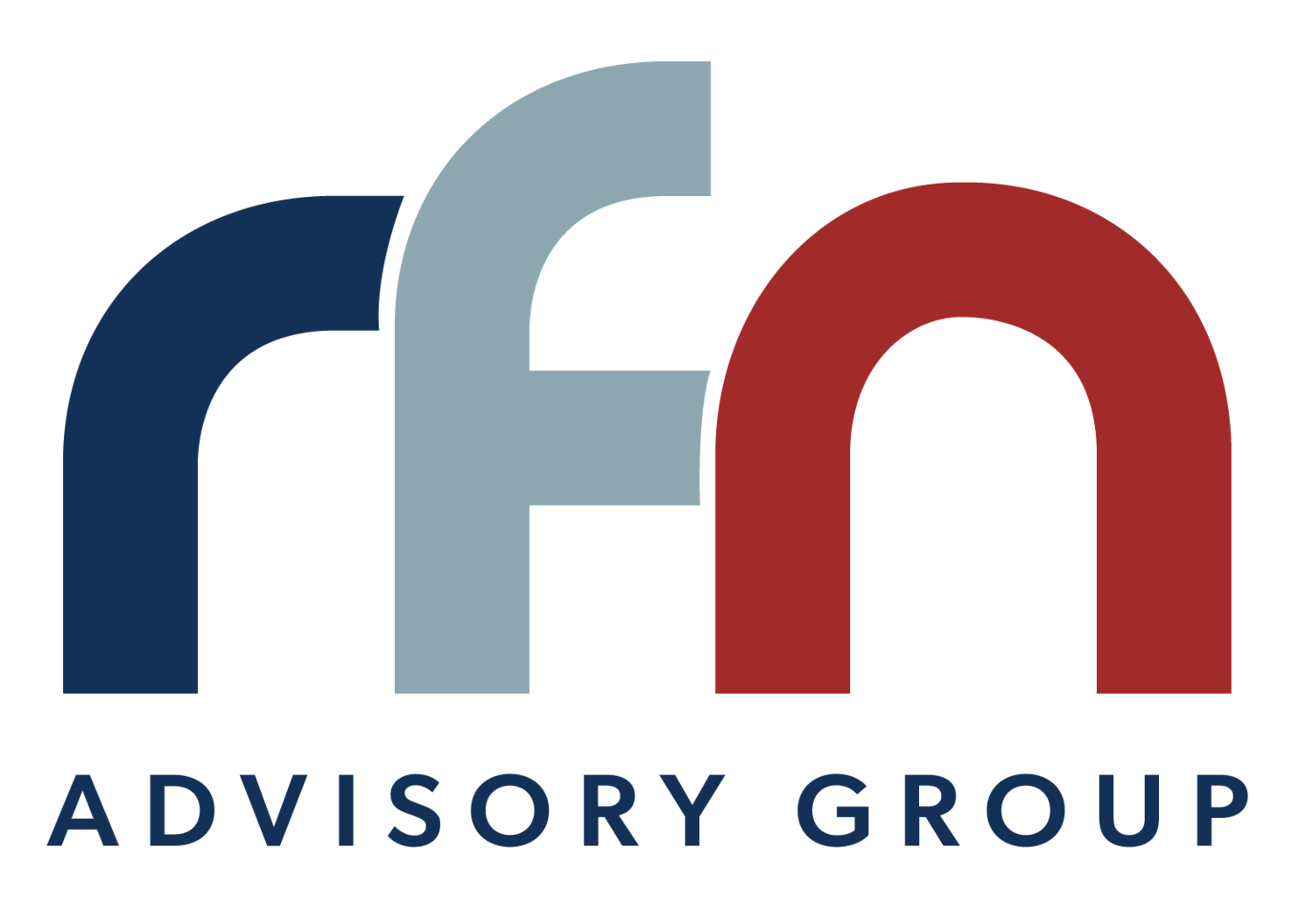From Awareness to Action: Workplace Inclusivity Through Generational Differences
By guest blogger: Felicia Johnson, MBA, CDP, CDE – owner Gatson Group
In today's diverse and dynamic workplaces, fostering inclusivity is not just a buzzword—it's a necessity. One crucial aspect of fostering inclusivity is understanding and bridging generational differences. From Baby Boomers to Gen Z, each generation brings unique perspectives, preferences, and communication styles to the table. By acknowledging and embracing these differences, organizations can create a more inclusive and collaborative environment where every employee feels valued and empowered.
In this blog post, we'll explore best practices for supporting generations in the workplace, from adapting communication styles to embracing technology and fostering collaboration.
Understanding Generational Differences
Generational differences in the workplace are evident in various aspects, including work preferences, attitudes toward authority, communication styles, and approaches to technology. For example, while a Baby Boomer might prefer face-to-face meetings, a Millennial might opt for virtual meetings via platforms such as Zoom or Microsoft Teams.
Adapting Communication Styles
To bridge generational gaps in communication, flexibility is key. This might involve a hybrid approach to meetings, such as utilizing a mix of emails, phone calls, and in-person interactions.
Respecting Diverse Perspectives
It's essential for employees from different generations to respect each other's perspectives. Recognize each generation brings unique insights and experiences to the workplace. Foster a culture of active listening and open-mindedness to understand and appreciate different viewpoints.
Embracing Technology
Technology plays a crucial role in enhancing communication across generations. Encourage employees to leverage platforms and collaborative tools to facilitate knowledge sharing and communication. This also helps in developing digital literacy skills among employees of all generations.
Fostering Collaboration
Effective collaboration across generations is vital for the success of any organization. A few tips that support include the following: 1) Emphasize the importance of mutual respect and appreciation for each other's strengths. 2) Encourage cross-generational teamwork by pairing employees from different generations on projects, promoting skill development and knowledge sharing.
Building Trust and Relationships
Building trust and relationships across generational lines requires finding common ground and fostering personal connections. Organize social events and team-building activities that bring employees together, regardless of their generational background. Recognize and celebrate the unique contributions of individuals from different generations.
Continuous Learning & Development
In an ever-evolving multi-generational workplace, continuous learning and development are essential. Offer training opportunities that cater to the preferences and learning styles of different generations. Encourage a culture of lifelong learning and professional growth to ensure employees thrive in a diverse and inclusive environment.
Fostering inclusivity in the workplace through understanding generational differences requires a proactive and inclusive approach. By adapting communication styles, respecting diverse perspectives, embracing technology, fostering collaboration, building trust, and prioritizing continuous learning and development, organizations can create a workplace where employees of all generations feel valued, respected and empowered to succeed. It's time to turn awareness into action and create a workplace where everyone belongs.
Learn more about Gatson Group programs available through RFN Academy.
